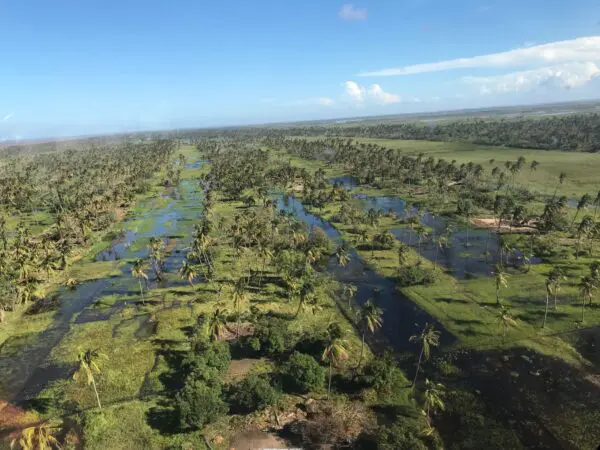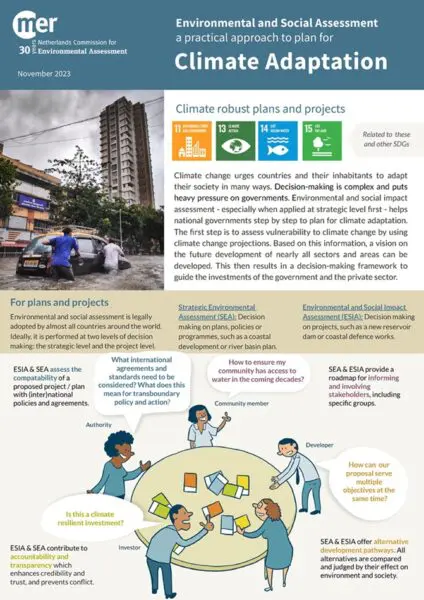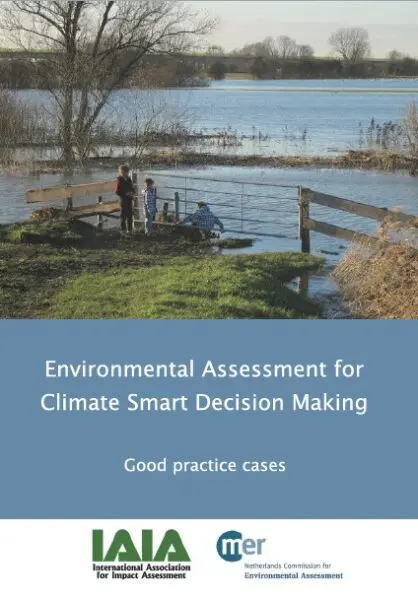Arend Kolhoff
Technical secretary

Climate change urges countries and their inhabitants to adapt their society in many ways. Decision-making is complex and puts heavy pressure on governments.
Environmental assessment – especially when applied at strategic level – helps national governments step by step to plan for climate adaptation. A first step is to assess vulnerability to climate change by using climate change projections. Based on this information, a vision on the future development of nearly all sectors and areas can be developed. This then results in a decision-making framework to guide the investments of the government and the private sector.

‘The NCEA developed several publications about this topic. You can download these below. Are you looking for more information or do you have questions about climate adaptation and environmental assessment? Feel free to contact Arend Kolhoff.

